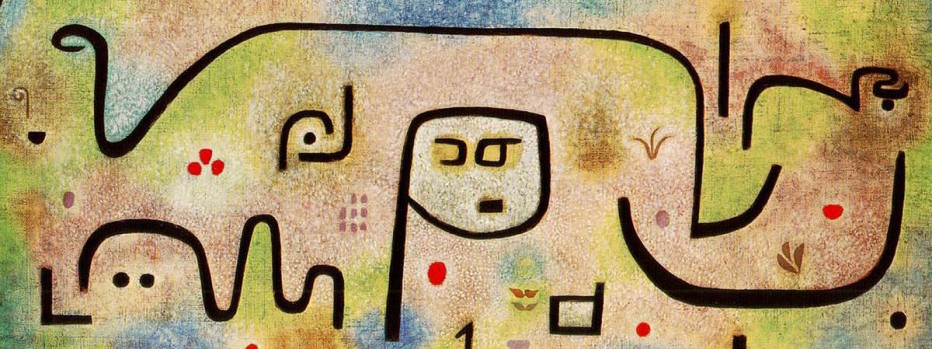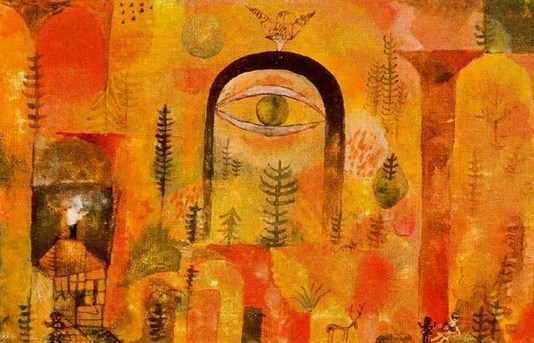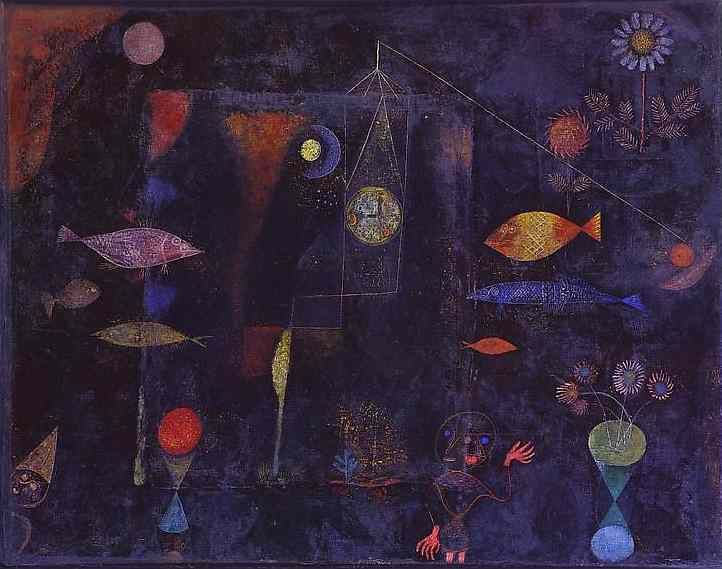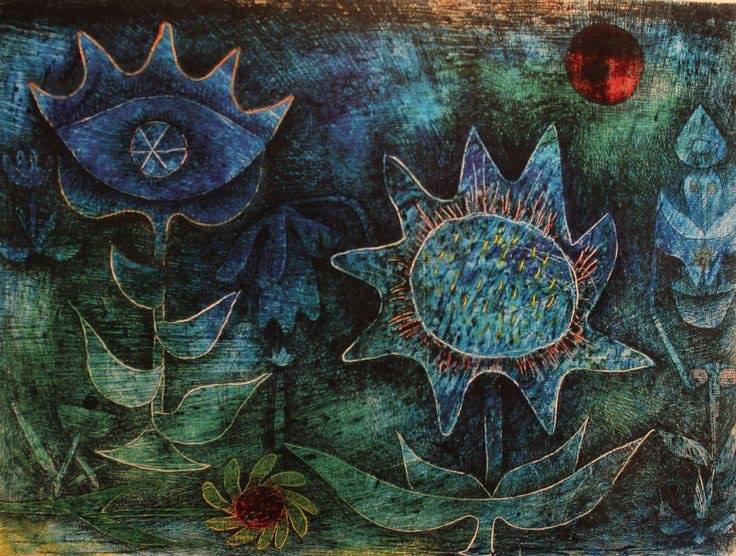n
Preamble: the MS tasting exam is the most remarkably difficult test I’ve ever taken–and passed. While two music degrees and seven years of college down the drain may have given me an edge with the theory and service exams, nothing prepared me for becoming a professional taster much less passing the exam.
If I had to do it all over again, I would train for the exam just as a professional golfer practices for a major tournament. Mind you, I’ve never played golf and have no intention of adding a source of immense frustration to my life at this point. However, golf is a perfect analogy to professional tasting and the exam because the game is comprised of multiple aspects that have to be practiced individually to achieve any overall competence and consistency.
Likewise, in preparing for the exam I would break down the tasting process into smaller chunks and work on each separately. I would focus on the concentration and confidence aspects separately from tasting. Finally, I would practice as many parts of the tasting process internally using imaging as possible. That’s because memory in the context of the tasting experience does not require having a glass of wine in hand.
Here is program of sorts for preparing for the exam. As everyone is wired differently, some strategies will be useful for certain students but not others. I certainly don’t expect anyone to adopt the entire program. Rather, read through the list and pick and choose strategies that will help the most. As for the strategies themselves, I’ve written about many of them previously and links are provided for more information.
The Obvious
- Get into a good tasting group and work with it regularly.
- Taste good wine. Don’t waste time tasting bottles that are outside the profiles for classic grapes and wines.
- Get occasional coaching from an M.S. in your market. There may not be an MS living near you much less someone that has the time to coach. In that case, you may need to travel and set up an appointment with one or several with Masters who can spend time with you. It also goes without saying that getting too many opinions is not useful or recommended. Everyone who passes the exam does so in his or her own unique way–which may or may not work for you. Above all, rely on your own skills and what works best for you.
General Strategies
Get a Coravin: I’m not being paid by Coravin. I’m just stating that it’s by far the most useful wine accessory in studying for the exam. A Coravin will save untold thousands of dollars on wine purchases and will also allow you to buy best examples of wines needed for tasting practice–and to use them repeatedly over a period of time. A Coravin can also be used in any number of ways to prepare for the exam. More on that below.
Memorize the grid: there are over 40 criteria on the deductive tasting grid. You have to know it cold to the extent of always knowing what’s next in the tasting sequence. To really commit the grid to long term memory, be able to explain it to a proverbial eight-year-old—or at least someone who’s not in the wine industry. If you can’t easily explain it to someone who’s not in wine then you really don’t know it.
Cause and effect: memorize cause and effect behind each criteria of the tasting grid. Be able to break down varietal, environmental, and winemaking causes as they apply to every line on the grid. As with basic memorization of the grid, be able to explain the concept of cause and effect to someone who’s not in the business.
http://www.timgaiser.com/blog/cause-and-effect-the-why-behind-deductive-tasting
Memorize common aromas and flavors: work on your memory of the 30 or so common aromas and flavors found in 80% of all wines. I call these the basic set. You can buy one of the pricey aroma kits, but it’s just as effective to work with the “real” aroma sources found in most grocery stores—and far less expensive.
http://www.timgaiser.com/blog/paretos-palate
Write out personal varietal descriptions for classic grapes and wines. Include common aromas and flavors for each grape and focus on important impact compounds (see below) and structure levels (acidity, alcohol, and tannin). Here are varietal descriptions for many of the white and red grapes. Use them as a point of departure to create your own version.
White grapes and wines:
http://www.timgaiser.com/blog/classic-grape-variety-markers-white-grapes-part-i
http://www.timgaiser.com/blog/classic-grape-variety-markers-white-grapes-and-wines-part-ii
Red grapes and wines:
http://www.timgaiser.com/blog/classic-grape-variety-markers-red-grapes-and-wines-part-i
http://www.timgaiser.com/blog/classic-grapes-variety-markers-red-grapes-and-wines-part-ii
Use imaging to improve olfactory and palate memory. As mentioned previously, the tasting experience—like practically everything else we do—is visual internally. Work with internal images of your life memories of the common aromas/flavors above. You’ll find that you already “own” most of them.
http://www.timgaiser.com/blog/tasting-strategies-improving-olfactory-memory-and-sensitivity
Submodalities: improve olfactory memory and sensitivity using internal imaging and submodalities. Find your driver submodalities that could include the size, distance, proximity, or brightness of your internal images. Consciously manipulating driver submodalities can profoundly affect your sensitivity to smell/taste memories.
http://www.timgaiser.com/blog/submodalities-the-structure-of-thought-the-fabric-of-experience
Install needed smell/taste memories: find the “holes” in your smell memory (pyrazines, pepper, etc.) and “install” them using submodalities with your existing smell memory “template.”
http://www.timgaiser.com/blog/drag-and-drop-installing-olfactory-memories
Fruit quality: work on memory of common fruits and non-fruits in regards to their age and condition. Internally compare memories/images of fresh fruit vs. dried fruit vs. stewed fruit. Do the same for various flowers, spices, and herbs. No surprise that imaging is key here.
Example: picture a rose and then gradually morph the image of it aging as your memory of what it smells like (even what it feels like to the touch) changes accordingly. Be able to work from either extreme to the other—old to young and young to old. Also connect fruit quality to uneven ripening grapes (Syrah, Zinfandel, etc.) as well as grapes/wines that show oxidation even when young (Sangiovese and Nebbiolo).
Impact compounds: other than accurately assessing structure, knowing the major impact compounds (terpenes, carbonic maceration, lees contact, etc.) and being able to detect them even in trace amounts is one of the most important ingredients for success with the grid and ultimately the exam. One also needs to connect these impact compounds to their causes in terms of respective grapes and wines.
http://www.timgaiser.com/blog/tasting-strategies-interview-with-geoff-kruth-ms
Structural assessment: use an internal visual construct to be precise with structure. Install a simple scale or dial (or whatever works best for you), that provides a visual confirmation of the amount of acidity, alcohol, tannin, and length of finish being tasted/sensed in any given wine.
http://www.timgaiser.com/blog/sight-unseen
Conclusions
Study theory! There’s a great deal of theory involved in tasting, specifically when making a conclusion. Knowing various wine quality laws for Burgundy, Germany, Chianti Classico, Bordeaux and other regions and wines is key to being able to make a logical conclusion.
Use a decision matrix to help with conclusions: write out wine “maps” or short grids for each classic grape/wine that only show important impact compounds, fruit quality, and structure levels. Practice mentally rehearsing the information to come up with the “right” conclusion. Compare and contrast how similar grapes/wines are different.
Using the Coravin
Practice with the Evil Dwarves: semi-aromatic white grapes and thinner-skinned red grapes can be a nightmare for the student. I call them the “Evil Dwarves” because when poured next to each other, they can all look almost exactly the same and offer similar fruit qualities. However, the impact compounds and structure levels for each of the grapes is unique. To conquer the Evil Dwarves, use the Coravin to taste (and drink) them in pairs next to each other repetitively on a daily basis for as long as it takes to get clarity on them and avoid any confusion.
Evil Dwarves – White Grapes:
http://www.timgaiser.com/blog/tasting-the-evil-dwarves-part-i
Evil Dwarves – Red Grapes:
http://www.timgaiser.com/blog/tasting-the-evil-dwarves-part-ii
Earth and oak recognition: use the Coravin to taste wine in pairs to help with the following important decisions that have to be made during the tasting process:
- Oak vs. no oak in white wines (and reds)
- Earth/mineral vs. no earth/mineral in both white and red wines
- Used oak vs. phenolic bitterness in white wines
Calibrate structure with extremes: use the Coravin to pair up wines with high vs. lower acidity, high vs. low alcohol, and high vs. low tannin for red wine. As you taste the wines, find “medium” for whatever structural assessment as quickly as possible. Expand that to medium-minus and medium-plus. Use your internal scale or dial to visual confirm what you’re tasting (see above).
Associative Rehearsal
As mentioned above, much of the tasting process that can be mentally rehearsed/practiced without actually tasting. Here are some recommendations.
The obvious: practice imaging/memory of common aromas and flavors daily. You can go through a list of several dozen in a few short minutes. As you go through your list, make the images large, bright, close in proximity, and in three dimensions. Here is where you can also play with fruit quality/age with most of the aromas.
Label check: install visual “label checks” for oak vs. no oak, earth vs. no earth (Old World vs. New World), and phenolic bitterness vs. used oak. Use large, bright images of labels of wines that are extreme examples of oak vs. no oak, earth vs. no earth, etc., to help make snap decisions.
http://www.timgaiser.com/blog/tasting-strategies-label-check-and-calibrating-with-extremes
Practice rehearsing complete wines: every day talk through a flight of wines aloud using the grid. See, smell, taste, and ID wines in the flight as intensely as possible using your memories of best examples of classic grapes and wines. I advise mentally rehearsing wines five times as much as actually tasting.
One of the major differences between how I prepared for the exam back in the day and how I would prepare now would be what I call “game day skills,” or strategies for focus and confidence. I’m convinced that the ability to bring immense focus to the exam and deal with the nerves and stress could be as much as 35% (or more) of one’s potential to pass regardless of the level of preparation.
Confidence is not something that comes easily for most. It can be very contextual in that being confident during tasting practice may not necessarily carry over to an exam. With that, here are several strategies for quickly going into a deeply focused state, dealing with nerves/fear, and installing and improving one’s level of confidence for tasting—and beyond.
Eye positions and consistency: finding one’s starting eye position when smelling (and tasting) wine is absolutely critical to consistency and success. Using the golf analogy again, it’s like lining up a golf shot–one has to have a routine or there will be no consistency in the results. Also, realize that consistency of a starting eye position is an important key for establishing a focused state of concentration, or one’s “zone.”
http://www.timgaiser.com/blog/the-eyes-have-it
Finding your zone: use the two strategies I call “Overlapping” and “Clearing the Mechanism” to find your zone. Be able to trigger your zone instantly using an eye position. Practice going deep and completely disassociating in quick order. Be able to get there instantly and stay there.
Once you fine-tune it, practice your “zone” by getting into it and listening to a song or other piece of music that’s at least three minutes long (if not longer), being completely absorbed into the music listening to it as closely as possible.
One more note on the zone: a common mistake students make is “projecting” things smelled and tasted in the wine, which inevitably leads to getting the conclusion completely wrong. Using your zone consistently will allow you to, for lack of a better way of putting it, be present to the wines vs. projecting on to them. It further allows the necessary curiosity and feeling of discovering what’s actually in the glass vs. making things up. Here are strategies for “Overlapping” and “Clearing the Mechanism.”
Overlapping:
http://www.timgaiser.com/blog/tasting-finding-your-zone-with-overlapping
Clearing the Mechanism:
http://www.timgaiser.com/blog/clearing-the-mechanism
Practice confidence! Use the “Circle of Excellence” and “Spin Dynamics” strategies to counteract fear and nervousness and to also trigger confidence when you go into your zone.
Circle of Excellence:
http://www.timgaiser.com/blog/game-day-skills-the-circle-of-excellence
Spin Dynamics:
http://www.timgaiser.com/blog/game-day-skills-part-one-the-dynamics-of-spin
Some final thoughts; even though it was years ago, I clearly remember the ups and downs of getting ready for the exam. Some days everything clicked and the tasting process was easy. Other days nothing seemed to work and it was like I was incapable of picking up any nuances in the glass much less deciding if a wine had oak or not. On days like that, it’s important to have a good group to support you and to also remember that no one learns without getting it wrong. On those less-than-stellar days, it’s also important to keep the grid front and center as an all-important checklist and to be as thorough and disciplined with it as possible.
Finally, remember to enjoy the journey. There is no “hacking” becoming a professional taster much less passing the exam. Both rely on a duration of time, a plan, the right strategies, and consistent work. All lead to incremental improvements that will ultimately mean success.
A votre santé!
nn



